Discover How Earth4Earth is Helping Save the Planet One Brick at a Time
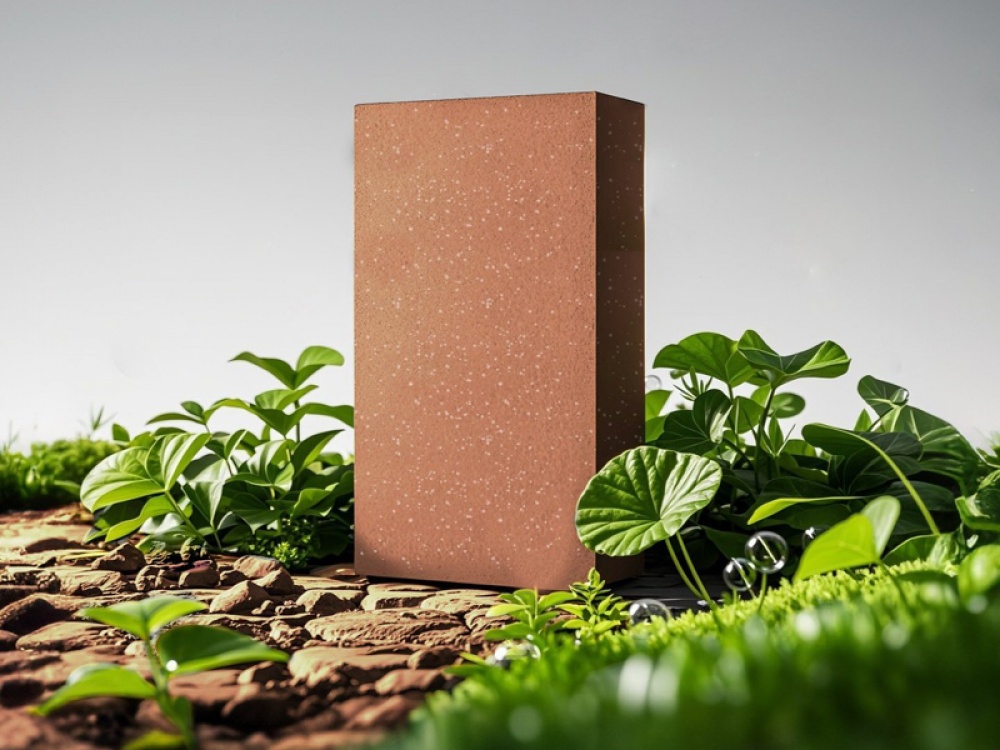
Sheffield-based start up earth4Earth is revolutionising the construction industry with innovative carbon-capture bricks
Founded in 2023, the aim of earth4Earth was to produce sustainable construction materials which were able to absorb and permanently store carbon. To develop these bricks, the team drew on the PhD work of Marco Simoni (who was studying at the University of Sheffield at the time and still works with the team as a principal research engineer) as well as ancient building techniques found in the Fujian province of China, blending the two to create something new.
‘Our co-founder Dr Lei Zhang was interested in the ancient earthen buildings found in China’s Fujian province,’ Anna explains. ‘I think they go back as far as the 12th century. They’re made of rammed earth and are really resilient buildings – they withstood earthquakes and typhoons, they’re well ventilated, [and] they provided homes to large communities. [We have] combined that legacy with new technology to produce earth-based materials that are sustainable as well.’
Sustainability has been central to every aspect of development, from considering the carbon footprint of transporting the bricks to the material they are made from and the emissions from the construction process, all within an industry that struggles with waste.
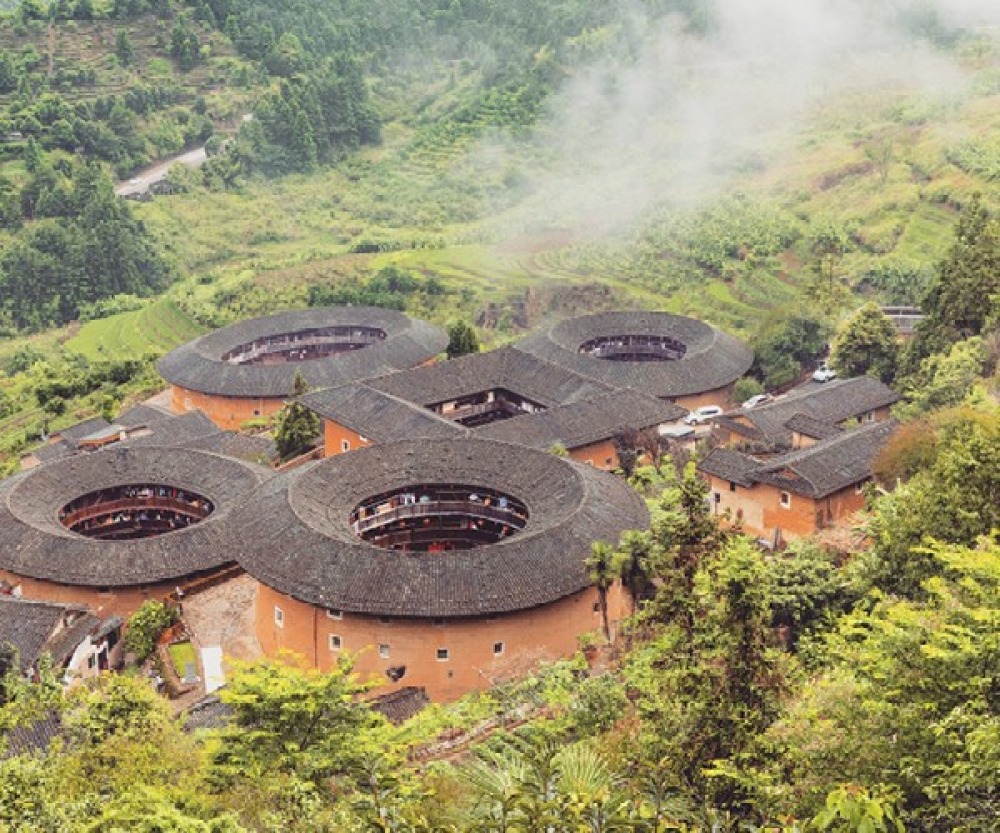
‘They’re made from soil which is excavated from construction projects which would otherwise go to landfill,’ Anna says. ‘Obviously we’re expecting they’ll be in buildings for a long time, but they can be fully recycled. They can be crushed and either made into new bricks, or added to soil for crop growth. Bricklayers sometimes have to cut bricks for certain projects and there’s some waste – in our case they can be fully recycled so there’s no waste there.’
The bricks also use a unique binder which helps them become ‘carbon sinks’ which permanently store carbon dioxide from the atmosphere. ‘Our binder is lime-based,’ explains Cecilia. In a typical process, lime is produced from limestone by heating it to a very high temperature. ‘This process emits a lot of CO2 for two reasons,’ she continues. ‘One is because you have to burn fossil fuels to reach high temperatures, and the second reason is because the raw material decomposes during the process and CO2 is released as a by-product into the air.’
By developing their own unique process to produce lime, they have managed to mitigate this. ‘In our process, we avoid [this] altogether. We avoid the CO2 emitted from burning the fossil fuels because our process is at room temperature. And the raw material is treated chemically, so the CO2 that originates from the raw material (that in the traditional process is released as gas in the atmosphere) in our process is stored as a solid in the by-product, which can be either stored or resold.’
During the life cycle of the brick, carbon continues to be taken in from the atmosphere and stored. ‘CO2 is captured from the atmosphere because the binder is able to carbonate, meaning it chemically bonds with atmospheric CO2 and binds it stably in a new mineral,’ says Cecilia.
For the team at earth4Earth, the most challenging aspect has been upscaling the project as it develops. ‘The idea started at university so the process was first carried out at lab-scale in the university laboratories,’ Cecilia explains. ‘First we upscaled to kilogram-scale, and now we are producing at ton-scale. I think that was the most challenging part because there are so many unexpected problems that you wouldn’t anticipate at the beginning. It was good to see the process go from lab-scale to a giant scale.’
Though confident in their product, building trust in the construction industry takes time. ‘I think the construction sector is one of the slowest to accommodate change,’ says Cecilia. To prove their suitability, earth4Earth are in the process of finding small projects where their bricks can be used. ‘We’re trying to find a pilot project where we can showcase that our bricks are reliable in smaller projects, so that potential new customers can see that our bricks can perform,’ she says.
Though currently specialising in bricks, the wider applications of earth4Earth’s product will help it to shift the construction sector towards a more environmentally-friendly and sustainable future. ‘We are planning to widen our range of products,’ Cecilia explains. ‘Our binder can be used in mortars, grouts, plasters and more.’
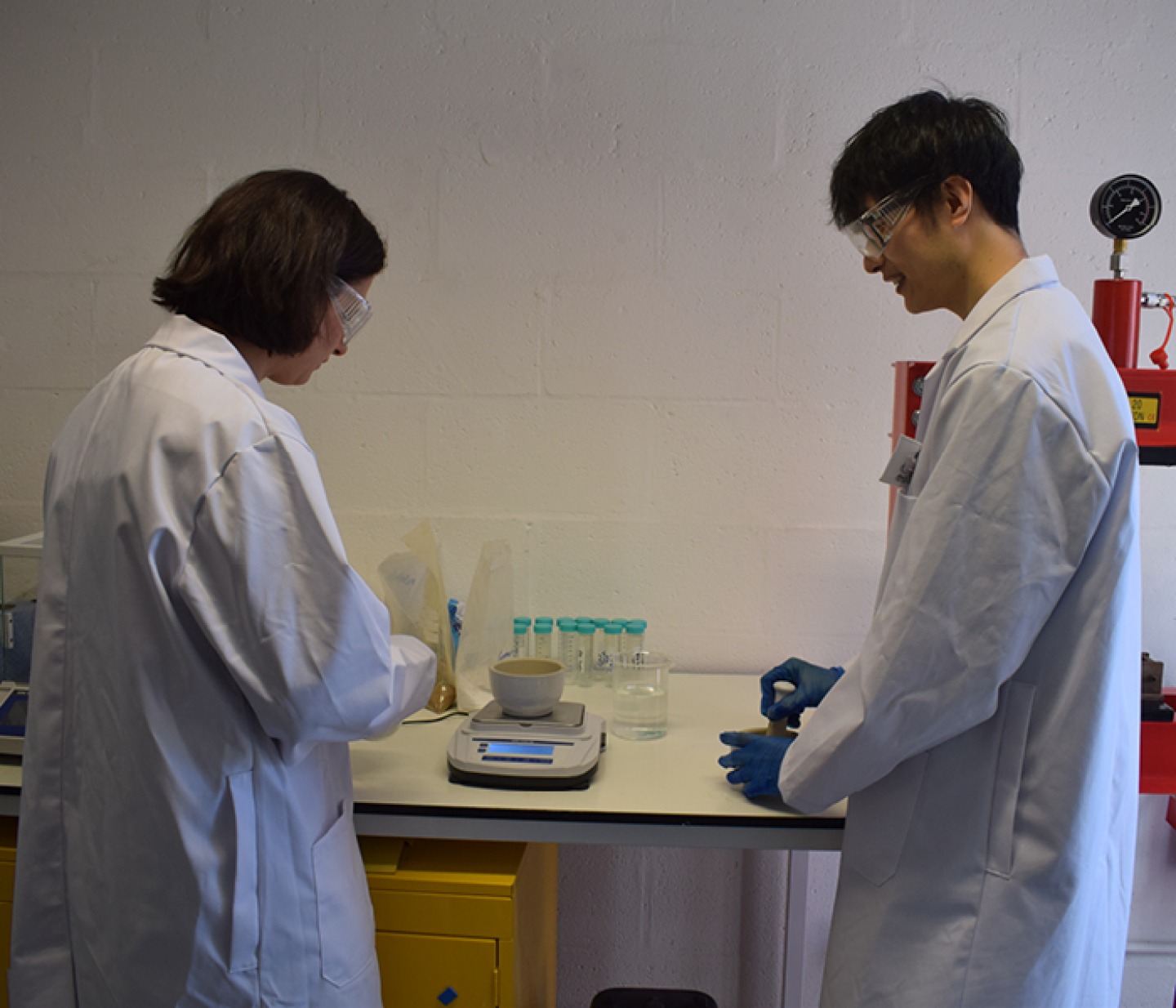
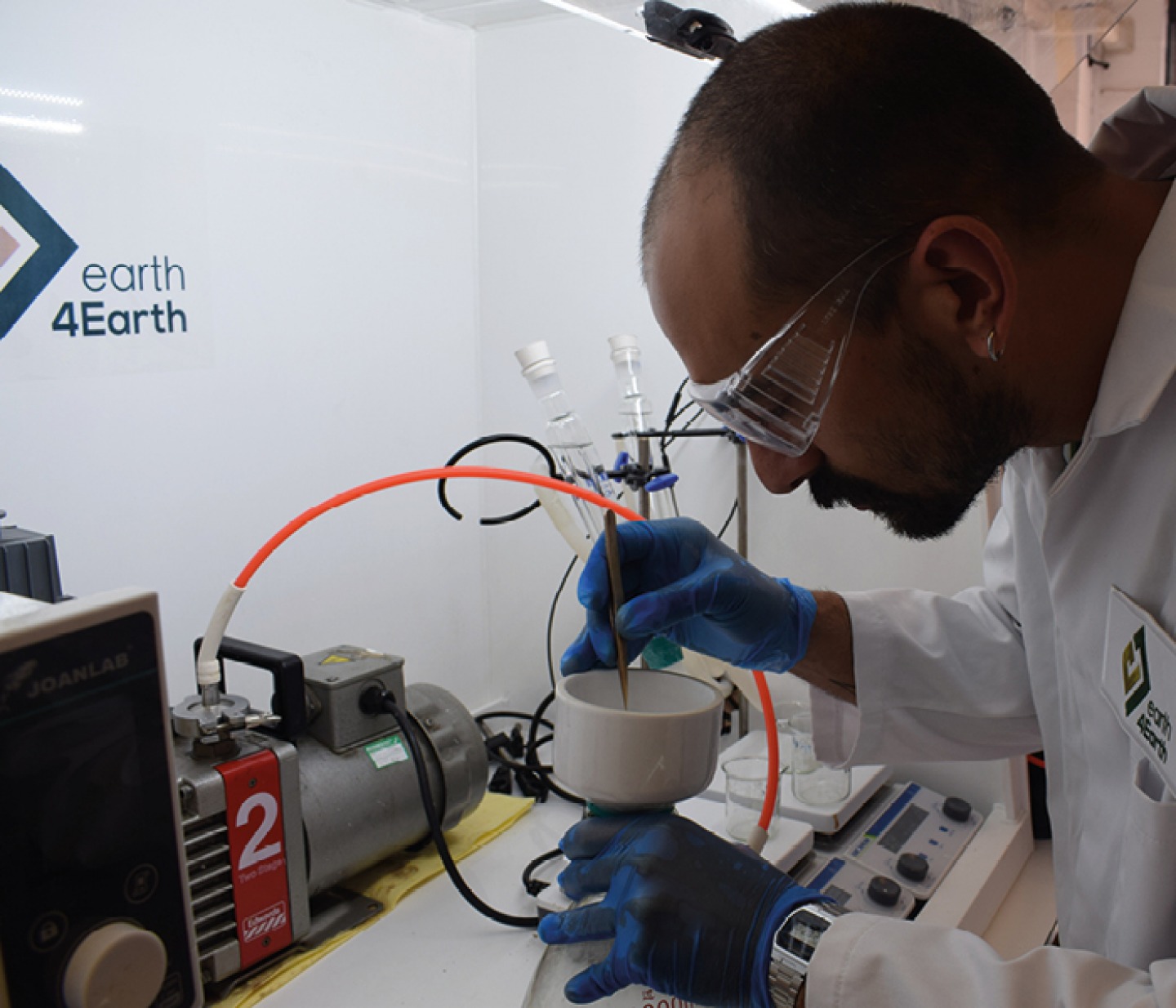
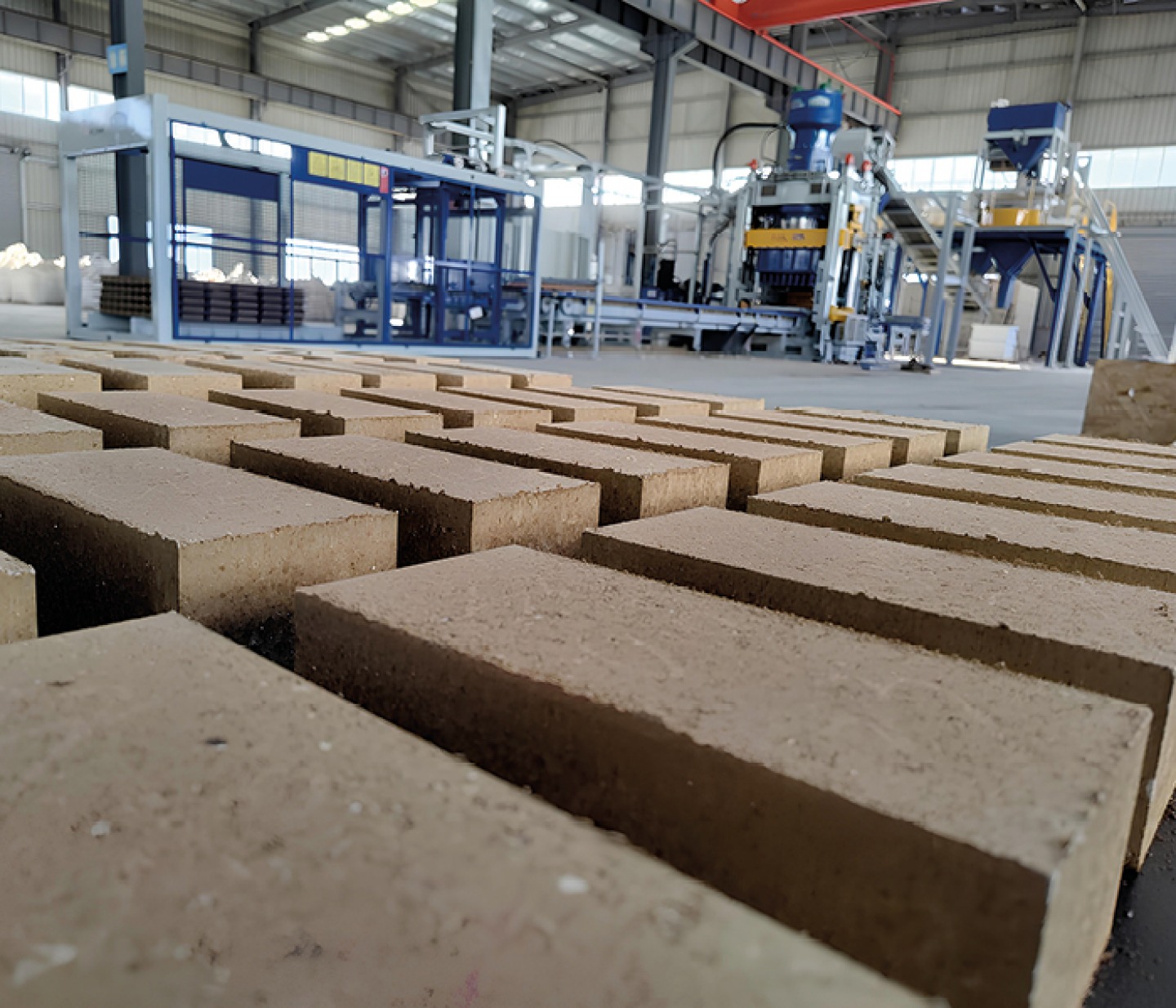
Particularly, they are looking for other brick-related products which are everyday elements in construction. ‘A lot of people are interested in brick slips which are very thin bricks which can be put on the facade of a building,’ Anna explains. ‘Some buildings that look like they’re completely made of brick, there’s actually brick slips on the front because it looks really nice.’
Currently producing the bricks in China, earth4Earth are hoping to relocate production to the UK in the near future to further reduce their carbon footprint. ‘We’ve got bricks arriving in October that are going to market so they can be used in construction projects,’ Anna explains. ‘In terms of the future, I think it’s wanting to begin production in the UK. Once they’re in a building, that building becomes a carbon sink so it’s really important to us to get them out there.’







